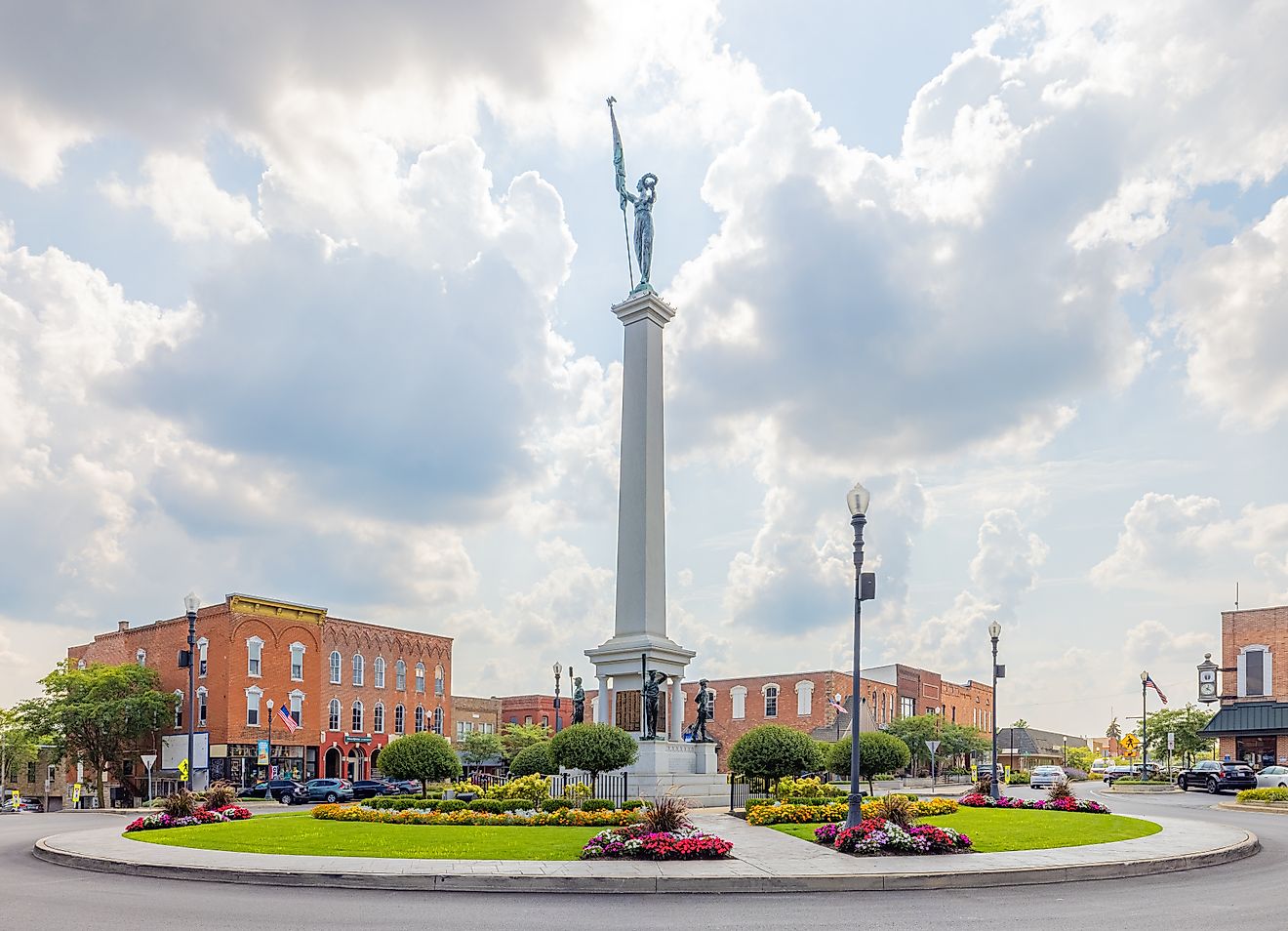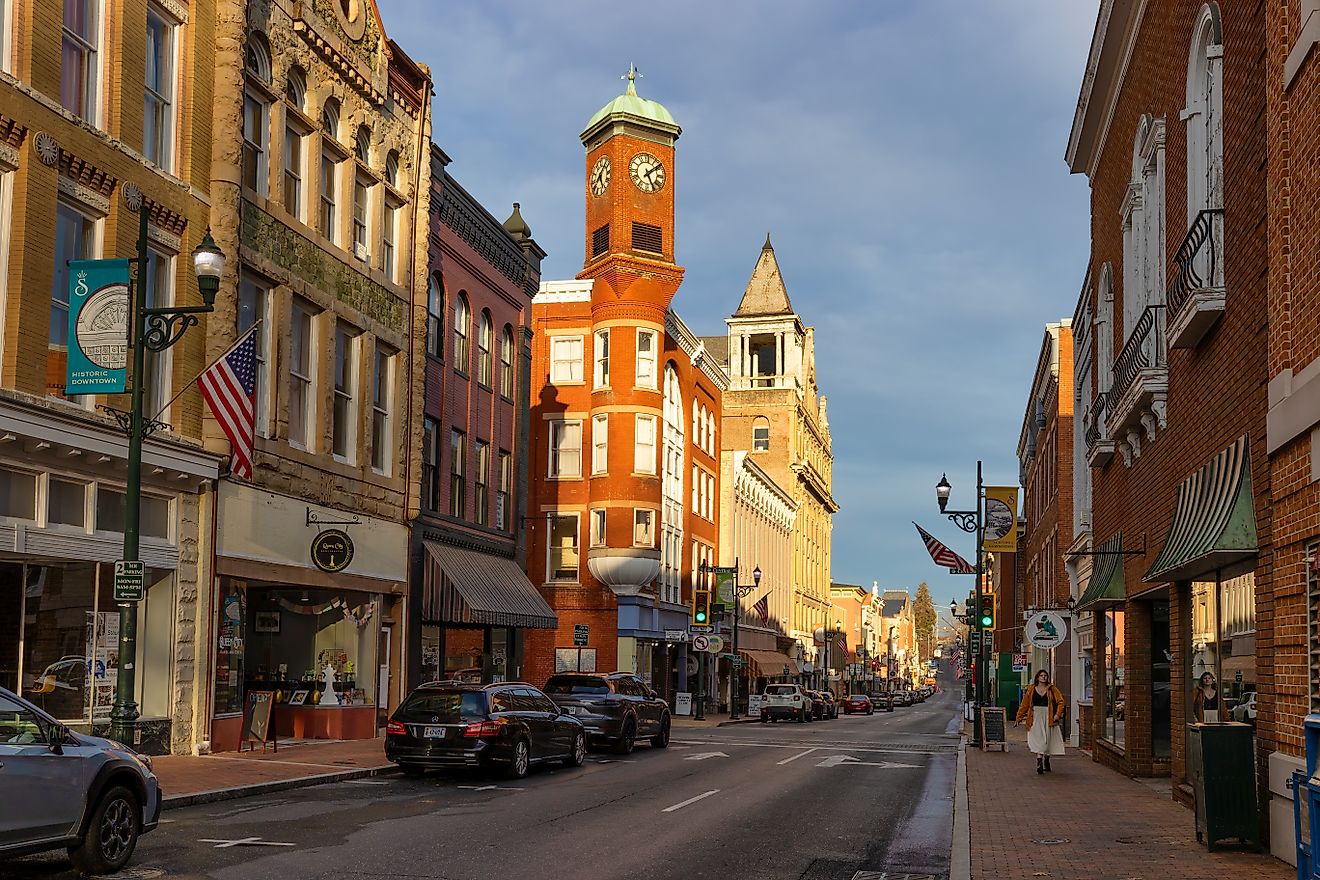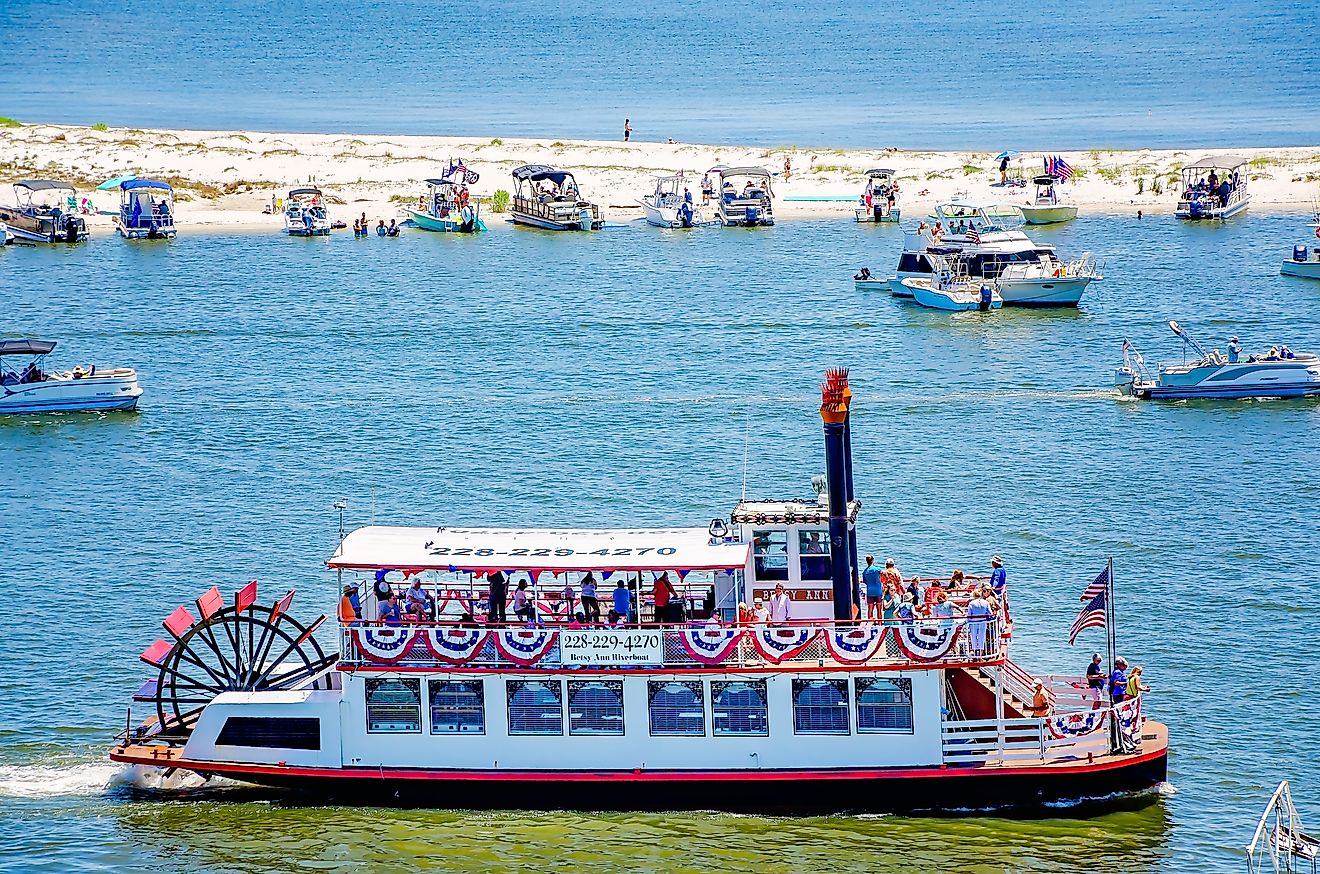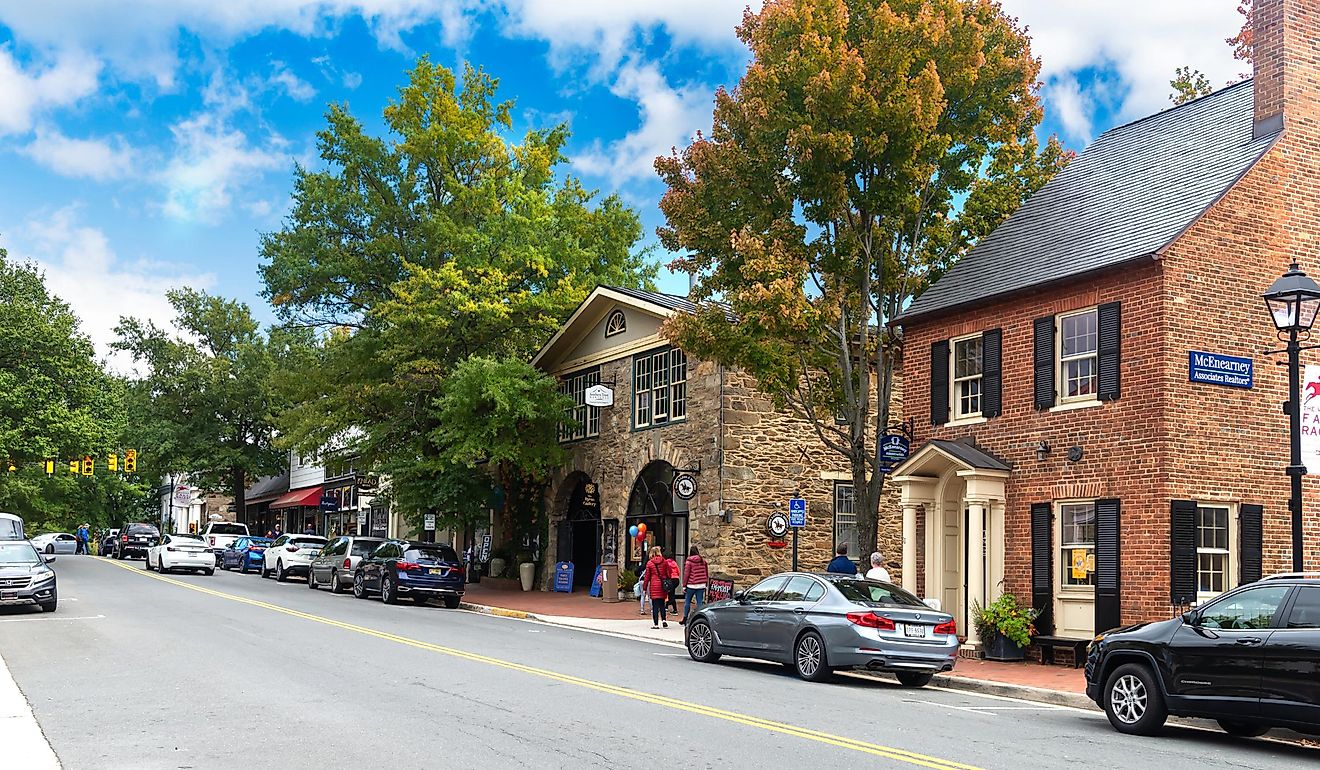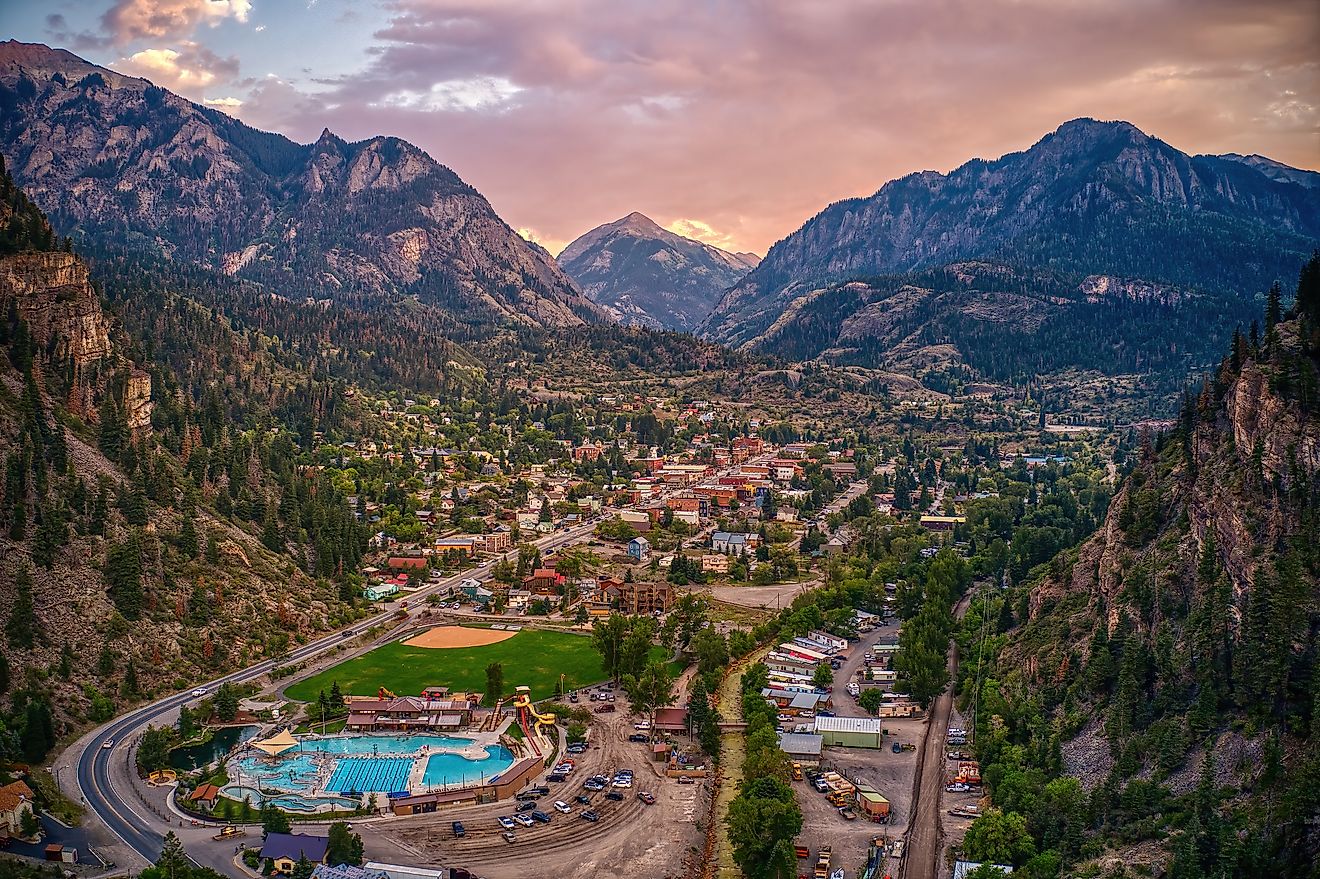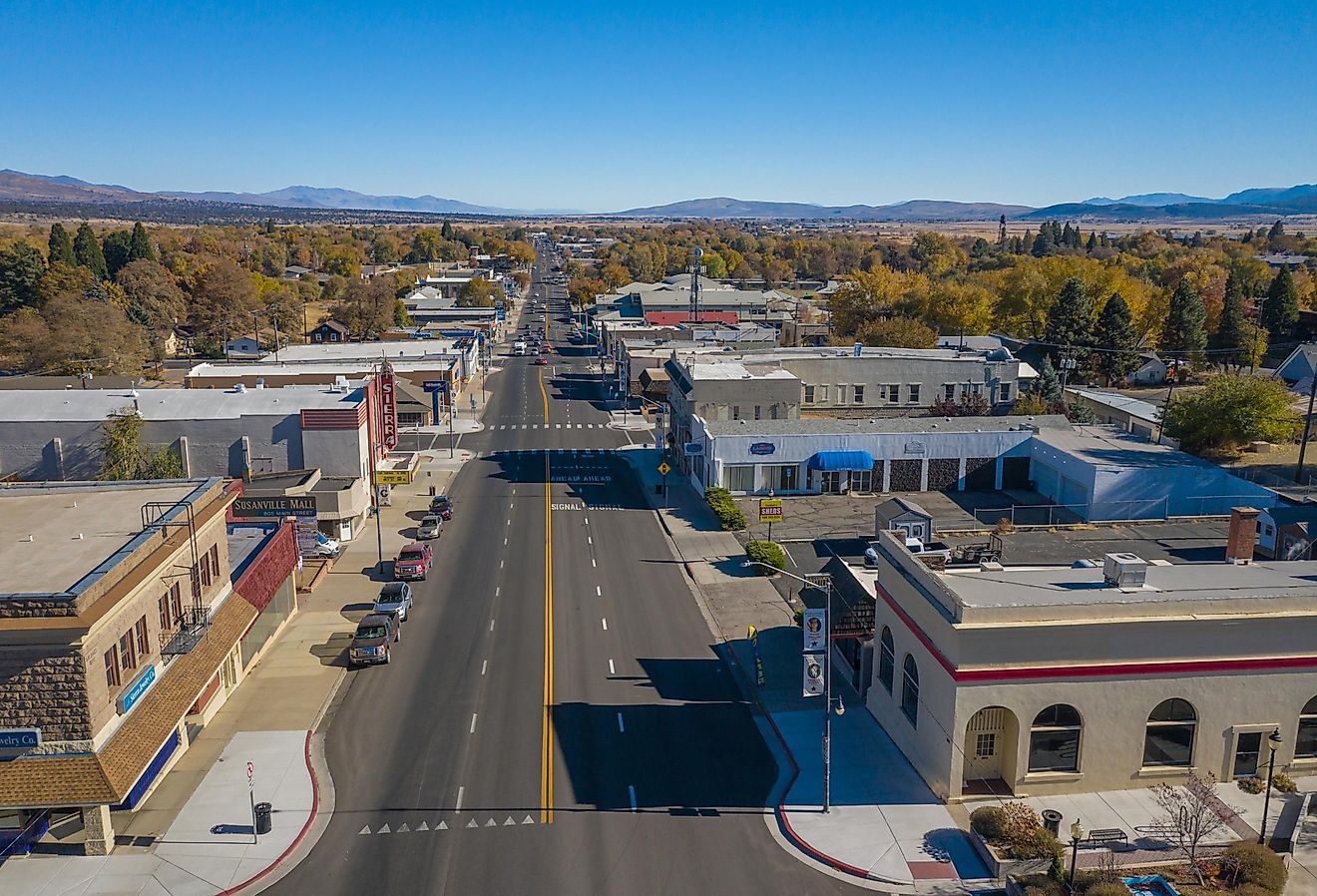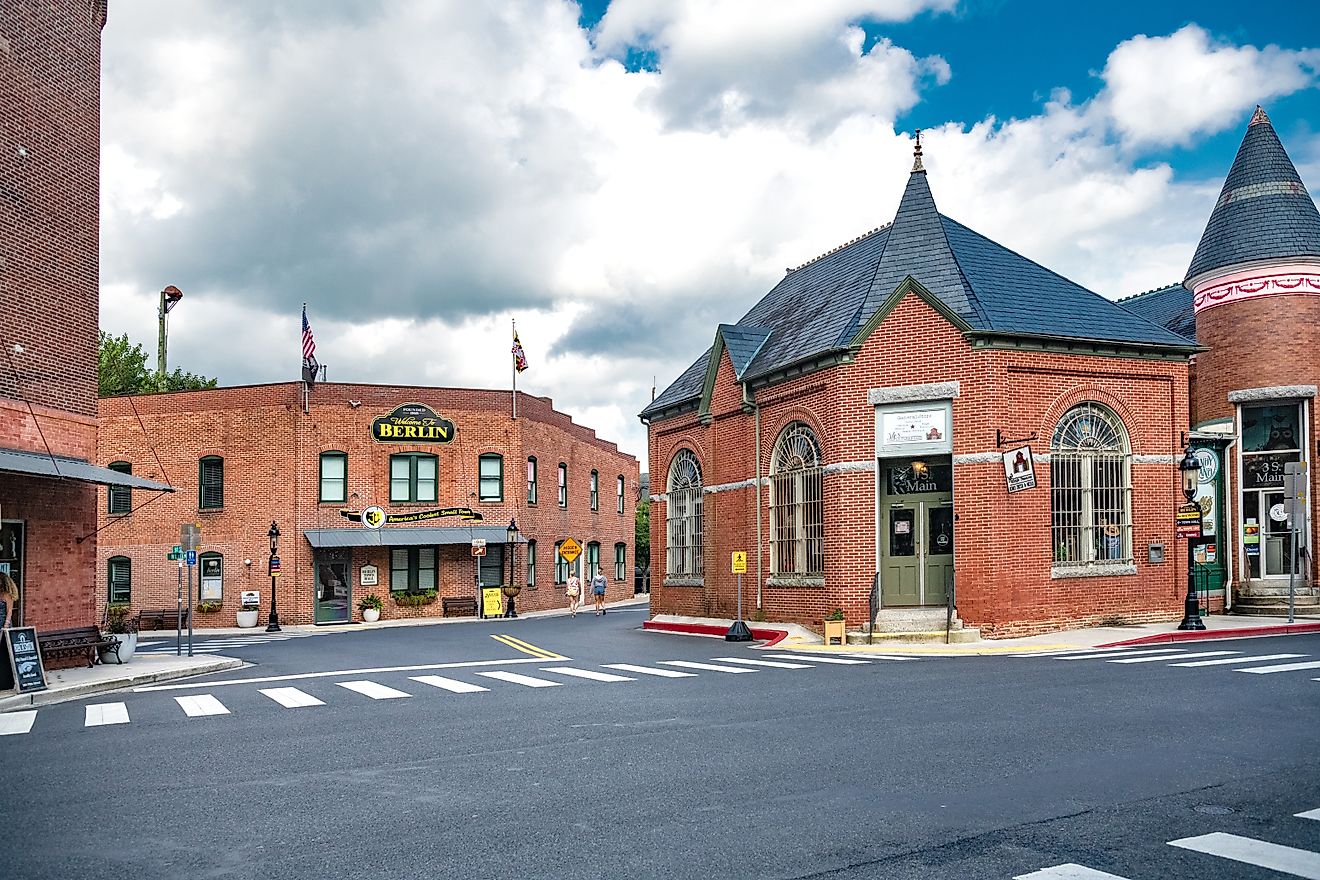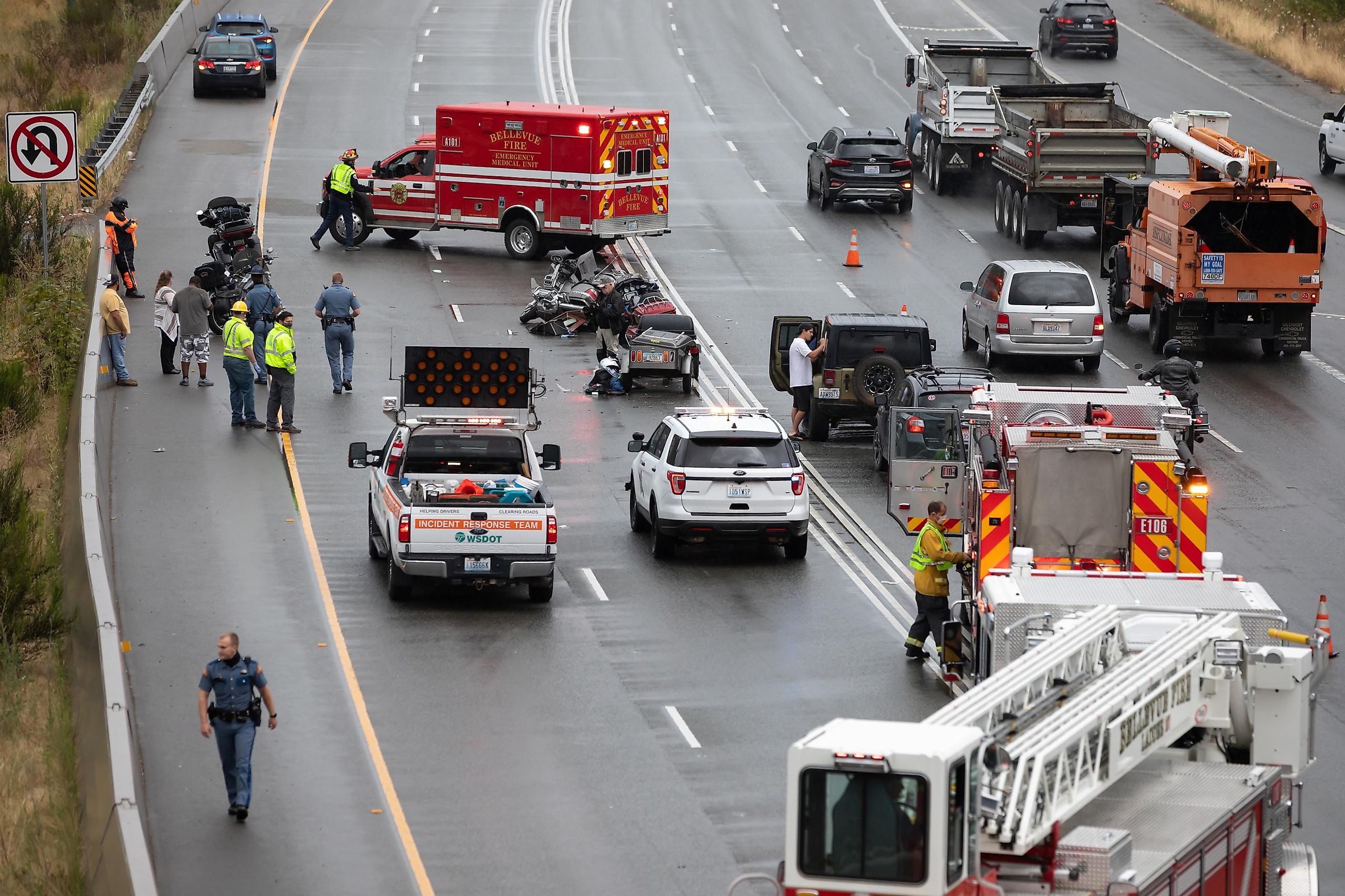
7 Most Dangerous Roads In The United States
For many Americans, driving is a joy, a necessity, and a way of life. Hitting the open road is a sign of both freedom (in the Kerouacian sense) and a daily obligation for nine-to-five commuters. Though driving is becoming progressively safer, it can still present a significant threat, particularly in certain areas. According to the U.S. Department of Transportation, there were 36,096 fatalities due to motor vehicle accidents in 2019 (i.e., the most recent comprehensive data set). While crashes can occur anywhere, at any time, there are notable trends based on traffic density, driving habits, and weather conditions. The following is a list of the seven most dangerous roads in the United States.

1. I-95 - 14.88 deaths/100 miles
The longest North-South highway in the country is also the most dangerous. The 1,919-mile-long Interstate 95, from Houlton, Maine, to Miami, Florida, experienced 284 fatalities in 2019. This worked out to 14.88 deaths/100 miles. Most of these incidents occurred near the ends of this East Coast artery - owing to the challenging driving conditions presented by Northeast winters, as well as the problematic patterns exhibited by the Sunshine State.
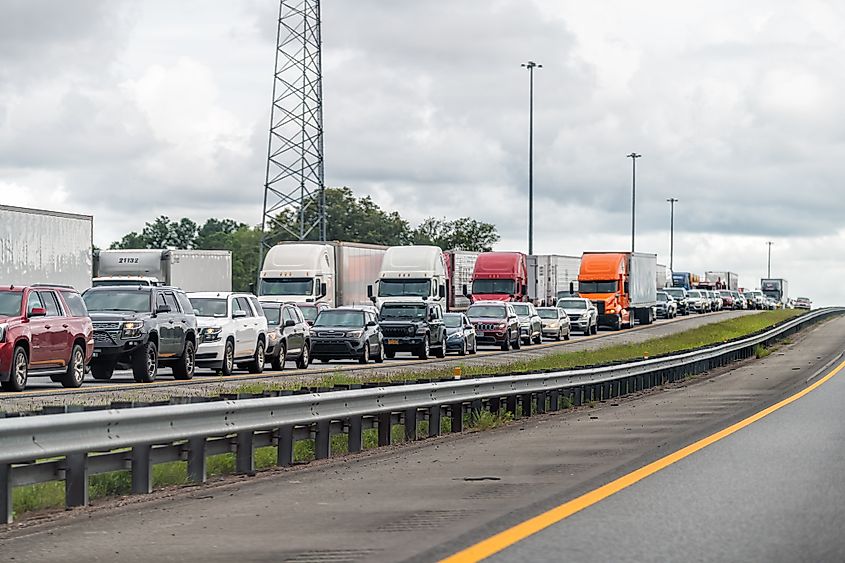
2. I-20 - 13.52 deaths/100 miles
Interstate 20 cuts East-West (with a slight angular trend) across the Southeastern states, beginning near the tiny community of Kent, Texas (Western terminus), and traversing to the city of Florence, South Carolina. This relatively short, 1,539-mile highway saw a high-density fatality rate of 13.52/100 miles (208 total). It is largely due to I-20 intersecting many high-traffic metropolitan areas (i.e., Dallas-Fort Worth, Birmingham, Atlanta, and Columbia).
3. I-5 - 13.47 deaths/100 miles
Connecting the Western United States with both the Canadian and Mexican borders (from Blaine, Washington to San Ysidro, California), Interstate 5 is a significant but potentially dangerous throughline. Because of the large population centers in California (i.e., Sacramento, Los Angeles, San Diego) and the intense flow of traffic to and from Tijuana, Baja California, Mexico, this 1,381-mile highway was dealt 186 fatalities, or 13.47 per 100 miles, in 2019.
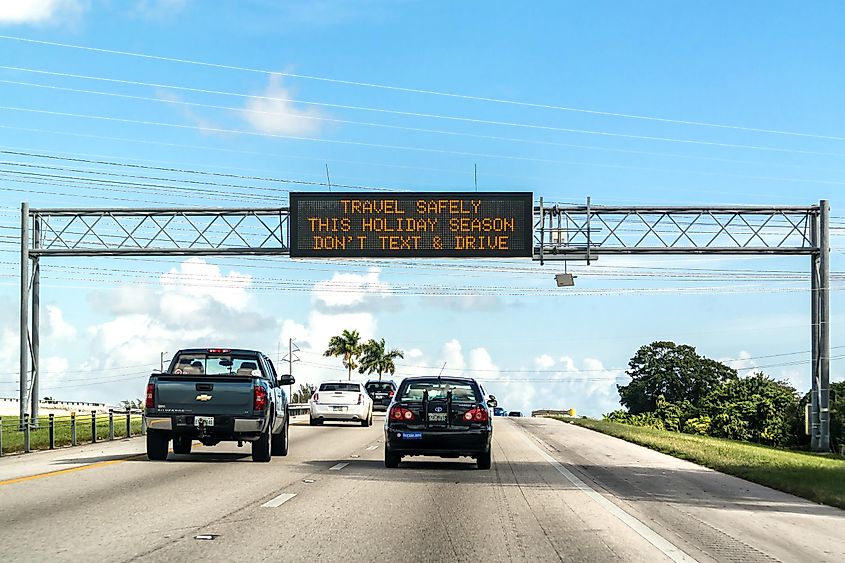
4. I-75 - 13.27 deaths/100 miles
The country's second-longest North-South interstate stretches all the way from Sault Ste. Marie, Michigan (on the border of Sault Ste. Marie, Ontario, Canada), down to Hialeah, Florida (just North of Miami). This covers a total of 1,786 miles and includes the additional states of Ohio, Tennessee, and Georgia, as well as a number of major cities, such as Detroit, Cincinnati, Atlanta, and Tampa. The key areas to watch for are Michigan during the harsh winters and Florida (specifically, Tampa), which has a notoriously bad track record relative to the rest of the country. These two sketchy regions accounted for a large portion of the 237 deaths (2019), which averages out to 13.27 deaths per 100 miles.
5. 1-35 - 12.56/100 miles
The 1,568-mile-long Interstate 35 cuts through the Central U.S. in a predominantly North-South direction. Jumping on at Duluth, Minnesota, on the shore of Lake Superior, one can burn rubber all the way down to Laredo, Texas, on the Mexican border. The 197 deaths across the year (12.56 per 100 miles) occurred near Texas' major population centers of San Antonio, Dallas, and Austin. So take your time and keep a keen eye on these parts.
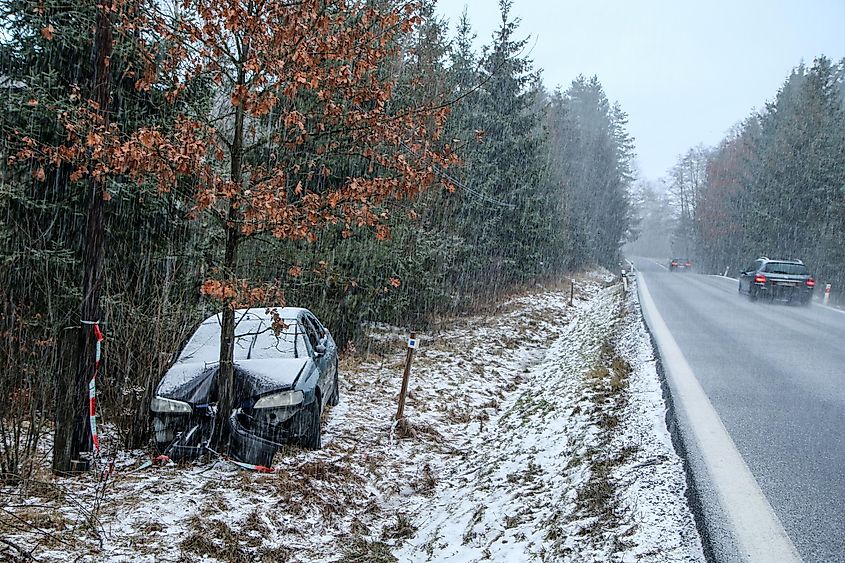
6. I-15 - 11.02 deaths/100 miles
Interstate 15 heads North-South along almost the entire length of the Western U.S. Its Northern terminus is Sweetgrass, Montana (right on the Alberta, Canada border), while its Southern terminus is San Diego, California (just shy of the Mexican border). En route, the 1,434-mile I-15 passes through Eastern Idaho, much of Utah, and the Southern tip of Nevada. Largely due to excessive speeds/reckless behavior across the Los Angeles to Las Vegas stretch, the latest tally showed 158 fatalities, or 11.02 deaths/100 miles (on average for the entire highway).
7. I-40 - 9.89 deaths/100 miles.
Interstate 40 runs nearly coast to coast, in a mostly East-West direction, across the Southern half of the United States. From Barstow, California to Wilmington, North Carolina, I-40 covers approximately 2,555 miles and rolls through such well-known cities as Flagstaff, Arizona; Albuquerque, New Mexico; Oklahoma City, Oklahoma; and Knoxville/Memphis, Tennessee. In 2019, this highway registered 253 fatalities, which works out to 9.89 deaths/100 miles. The main hazard was and continues to be the high traffic volume, particularly during summer.
Do not let these figures deter you. Interstates are major assets connecting Americans with their neighbors, their expansive landscape, and the everyday essentials of life. It simply helps to be aware of high-risk areas and to take extra precautions when necessary. Thankfully, the roads, and even cars themselves, are becoming safer all the time. In fact, total fatalities dropped by 2% from 2018 to 2019.
